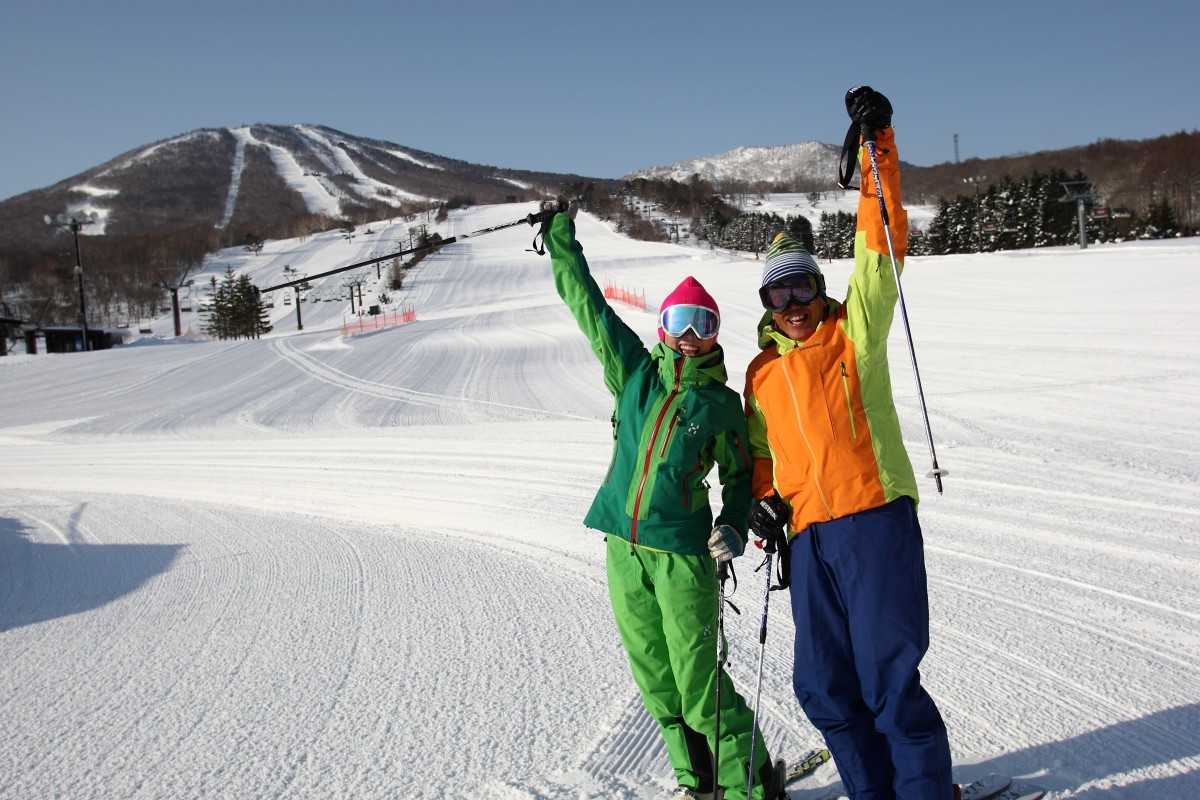
" I want to try skiing, but what do I need to prepare?" "When and where should I go?" To answer these common beginner questions, this article, supervised by the staff of the ski specialty shop "Tanabe Sports," introduces the basic knowledge you need for skiing, what to bring, and recommended ski resorts in an easy-to-understand way. Read on and get ready for your first ski trip this winter!
*By purchasing or reserving products introduced in this article, a portion of the sales may be returned to FUN! JAPAN.
When is the best season for skiing in Japan?
The best season for skiing in Japan is considered to be from mid-January to mid-February. During this time, especially in areas like Hokkaido, the Tohoku region, and Nagano Prefecture, you can expect high-quality powder snow and stable snowfall. Most ski resorts are fully open, and both snow quality and snow depth are at their peak for the year.
From when to when can you ski in Hokkaido and Nagano Prefecture?
Skiing is possible outside of the peak season as well. In Hokkaido and Nagano Prefecture, many ski resorts are typically open from November through early May. Be sure to check the official website of the resort you want to visit for details.
What are the most famous ski resorts in Japan?
1. Hokkaido | World-Class Snow Quality and Scale Admired by Skiers Worldwide
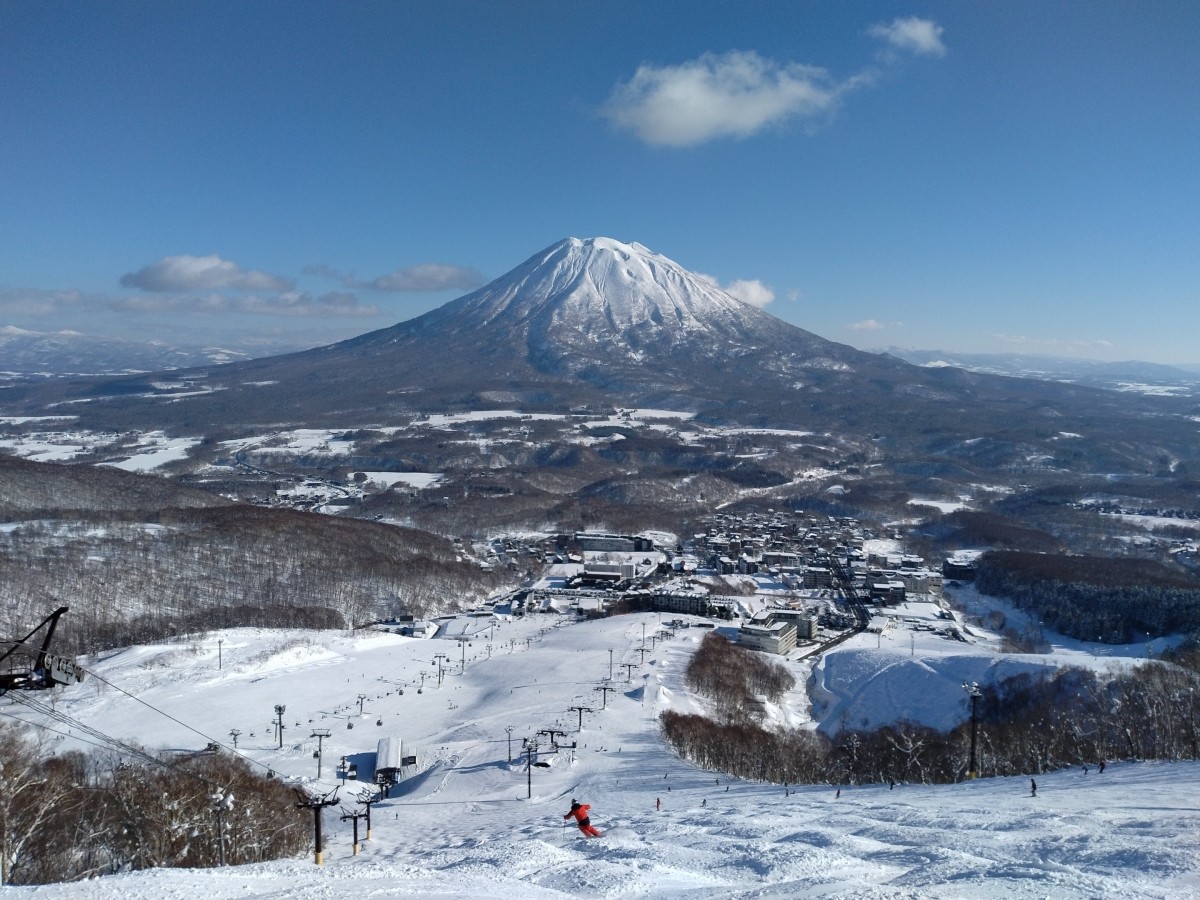
Niseko
A resort boasting some of the best powder snow in the world. It attracts a large number of international visitors, giving the town a global atmosphere. English support is widely available, making it a safe choice for your first overseas ski trip.
Furano
Famous for its breathtaking mountain scenery, Furano offers a well-balanced selection of courses suitable for everyone from beginners to experts. Its landscapes are so stunning that they are often featured in dramas and commercials.
Rusutsu
With plenty of amusement facilities and hotels, Rusutsu is also popular with families. Not only skiing, but après-ski entertainment is abundant as well.
2. Nagano Prefecture | Attractive for Its Variety of Slopes and Easy Access
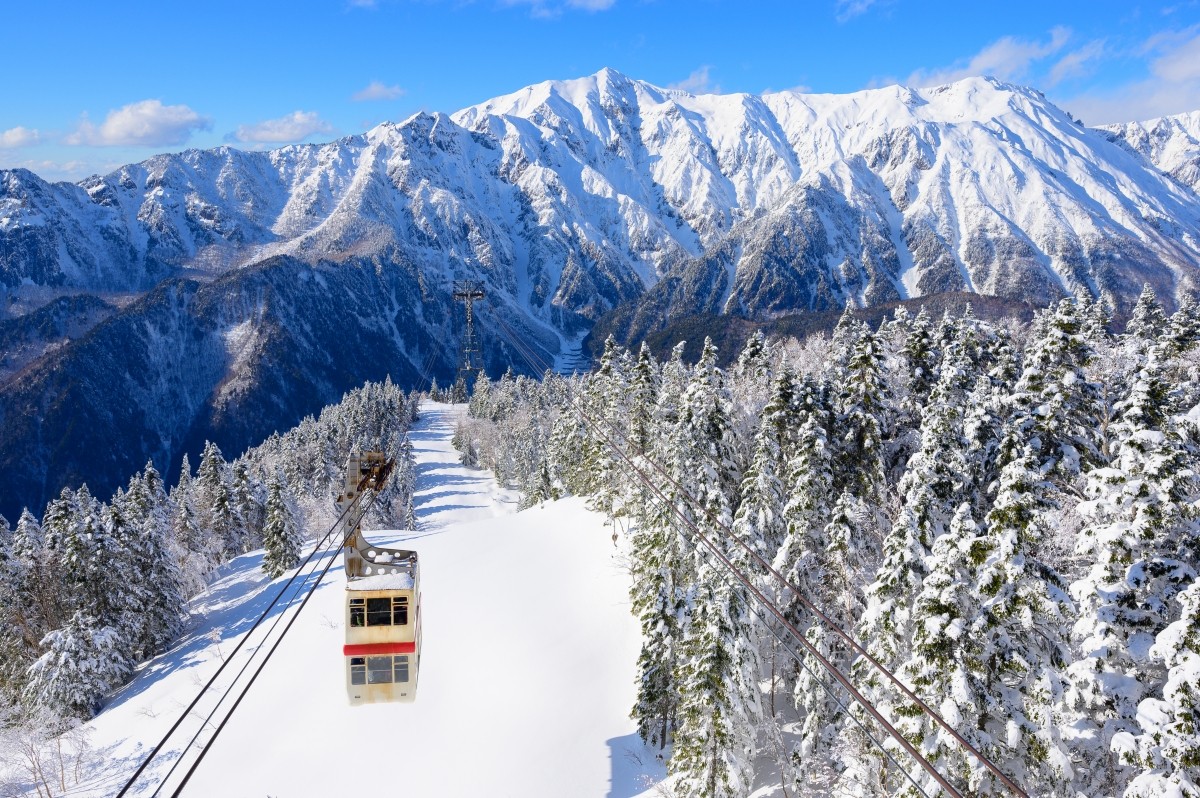
Hakuba
The stage for the 1998 Nagano Winter Olympics. Known for its vast scale, it offers a wide range of courses from beginner-friendly to expert-level.
Shiga Kogen
One of Japan’s largest interconnected ski areas. With high altitude and excellent snow quality, it allows for a long ski season. Many international visitors return year after year.
Nozawa Onsen
Popular not only for skiing but also for its historic hot spring town. After hitting the slopes, you can enjoy visiting the traditional public baths, making it a culturally rich destination as well.
3. Niigata Prefecture | Easy Access from Tokyo
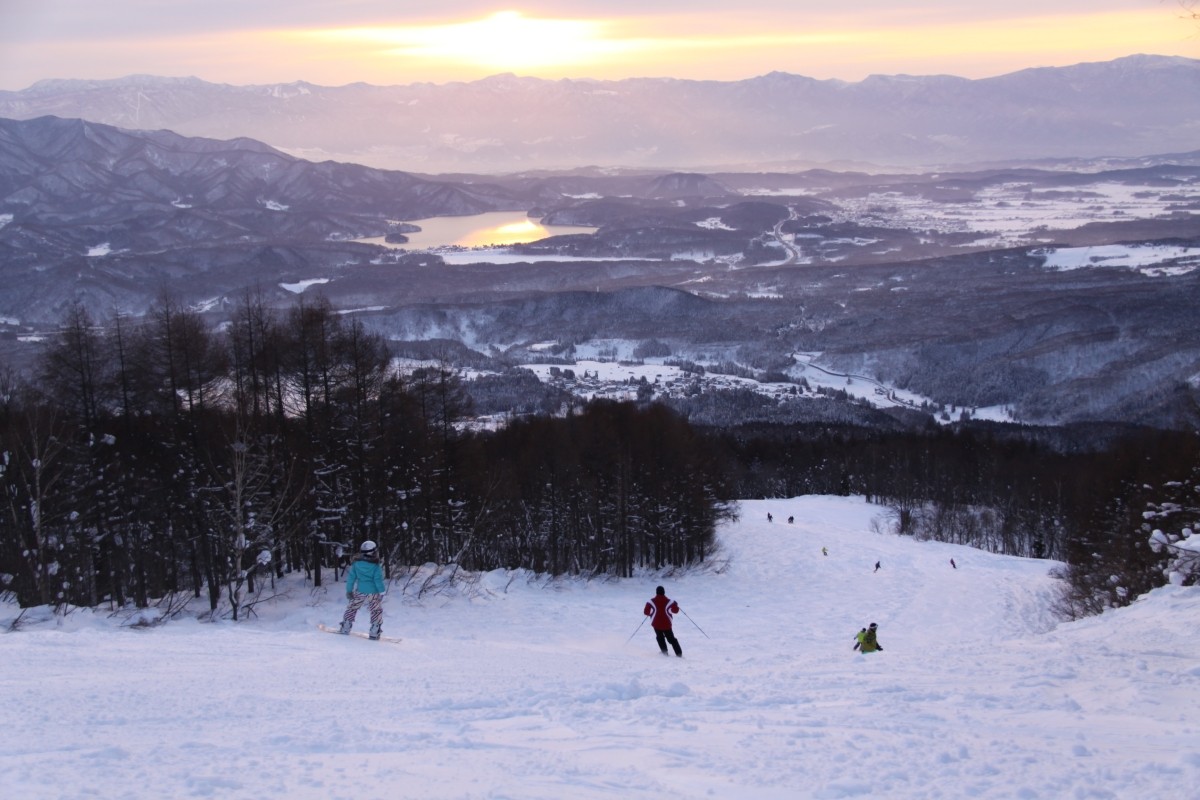
Naeba / Kagura
With great access by Shinkansen or car, these resorts are perfect for weekend ski trips from the city. The Kagura area has stable snowfall and allows skiing until spring, making its long season very appealing.
Myoko Kogen
Known for heavy snowfall and dynamic terrain, this resort is especially recommended for skiers aiming for powder snow.
4. Iwate Prefecture | A Hidden but Highly Regarded Resort
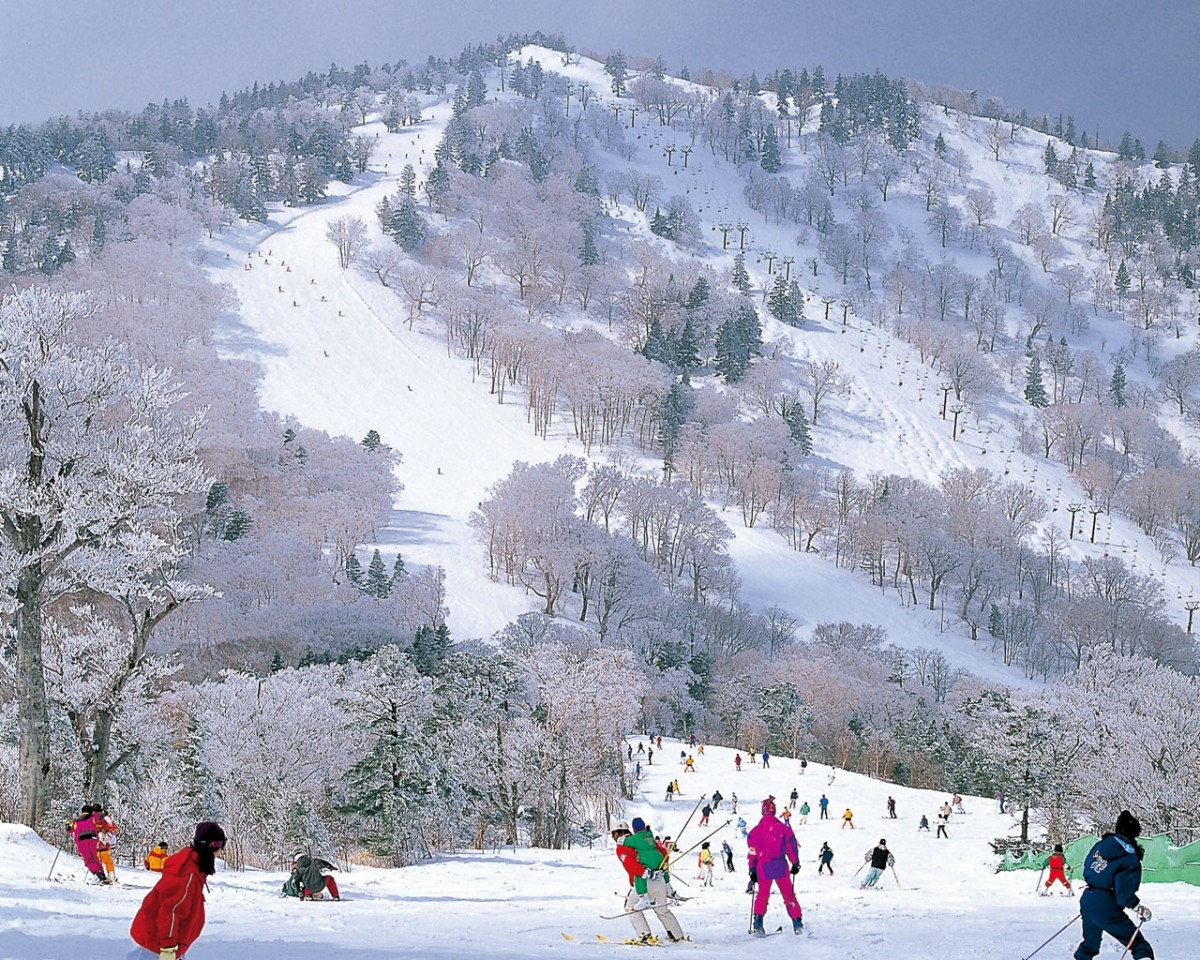
Appi Kogen
Famous for its exceptional snow quality known as "aspirin snow," it is highly praised by international visitors as well. Wide, well-maintained slopes and sophisticated accommodations make it an area with very high overall satisfaction. In recent years, they have also been enhancing services for inbound travelers, with active multilingual support.
What Items and Best Fashion Do You Need for Skiing in Japan? We Asked Tanabe Sports!
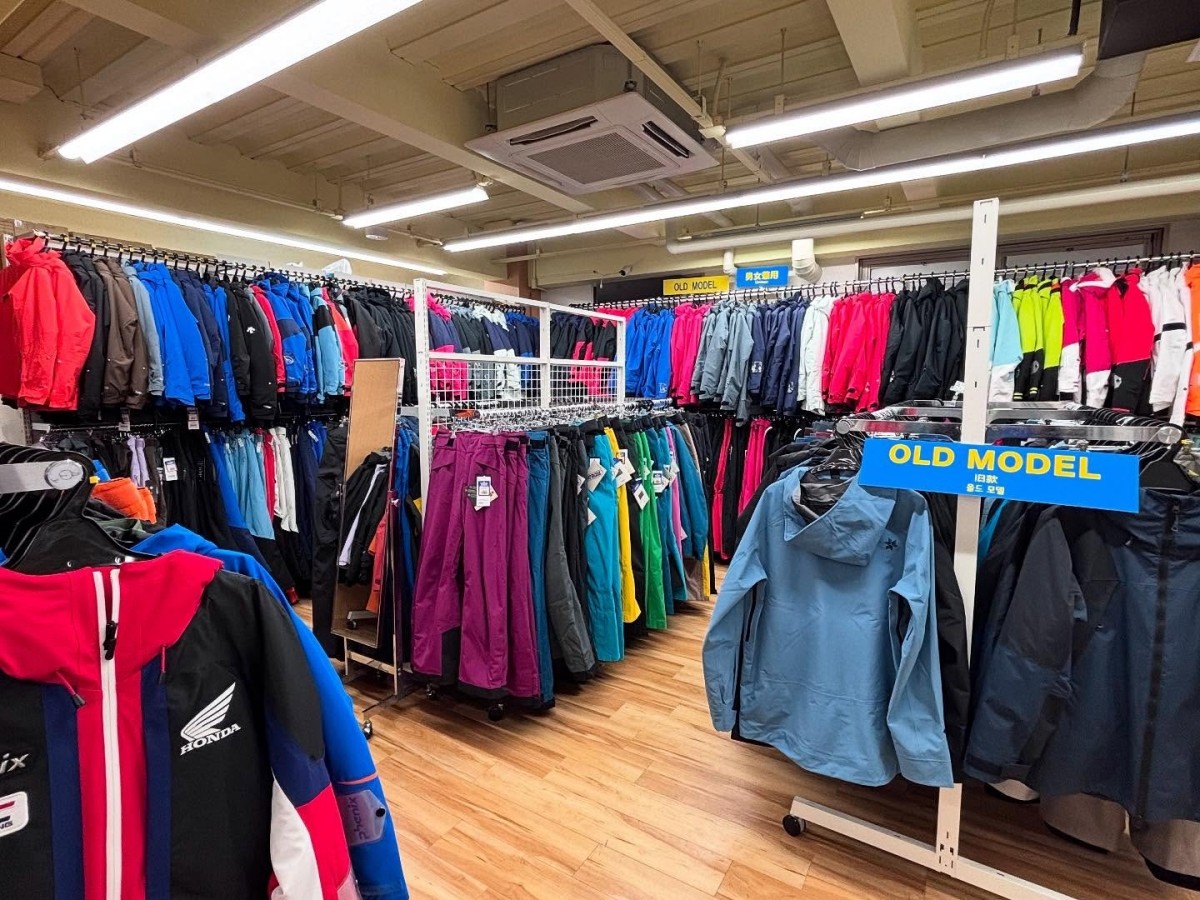
"I want to start skiing, but I don’t know what I should bring..." To answer this common beginner concern, we asked the staff of the popular ski shop "Tanabe Sports," based in Osaka, about the essential items you need for skiing and tips on how to choose them. With advice from professionals, you can feel confident preparing for your first time on the snowy mountains!
In the latter half of this article, you’ll also find coupons offering up to 15% off, so make sure to read until the end.
What Clothes and Items Are Recommended for Traveling To and From the Slopes?
Three Key Points for Choosing Travel Outfits
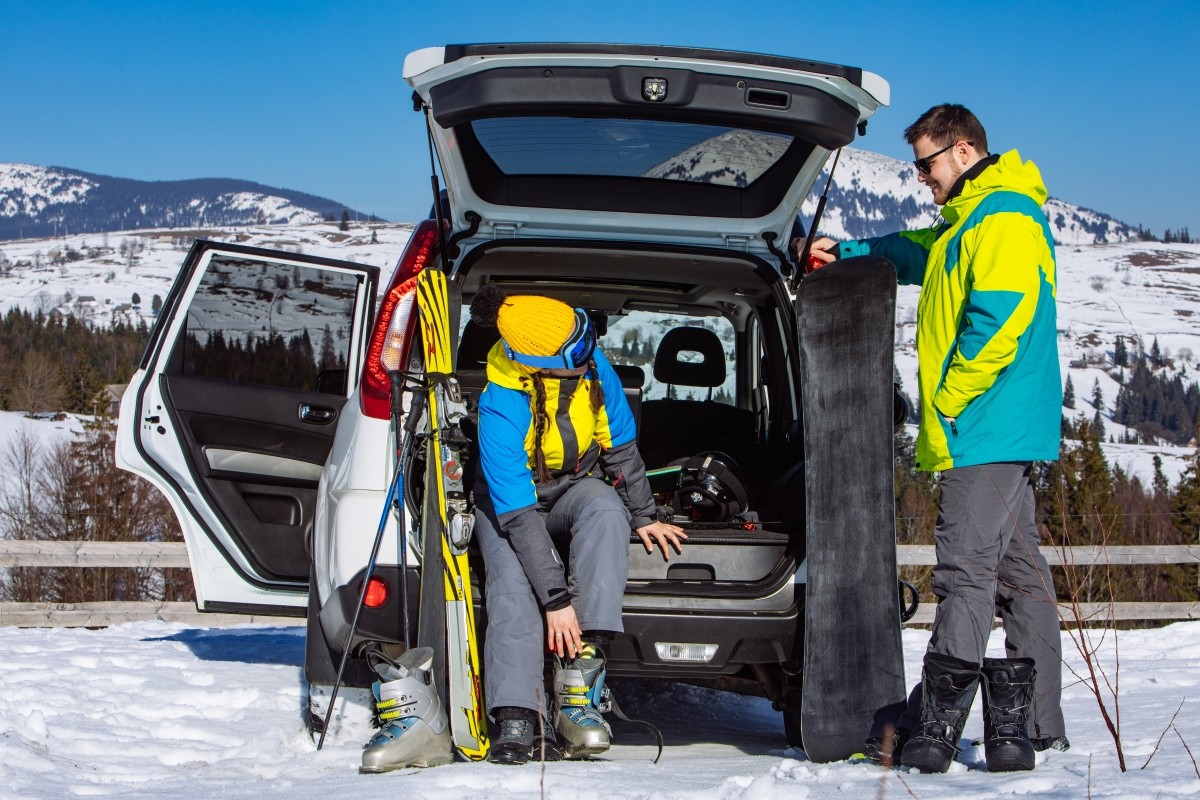
To enjoy skiing safely and comfortably, it’s important to pay attention not only to your gear on the slopes but also to what you wear when traveling. Beginners in particular tend to overlook this, but by keeping three points in mind, you can greatly improve your comfort throughout the day.
- Easy to change: Choose clothes you can quickly change into ski wear.
- Cold protection: Be careful especially in the morning and evening, in the car, or while waiting for the bus!
- Shoes that don’t slip or get wet easily: Parking lots and areas around the slopes are often snowy and icy, making them slippery.
Recommended Outfit Coordination for Traveling To and From the Slopes
Tops
For travel outfits, medium-thickness hoodies or fleece jackets that can be worn under your ski wear are recommended. Since you may need to adjust your temperature inside the car or bus, it’s convenient to choose clothes that are easy to put on and take off.
Innerwear (Base Layer)
Wear quick-drying, heat-retaining base layers from the start of your trip, as these are the same ones you’ll use while skiing. Since they serve as the foundation for regulating body temperature, choosing high-quality items is key.
Bottoms
For the lower body, sweatpants or loose jersey pants are ideal. They make it easy to quickly change into ski pants at the changing room. If you wear leggings or sports tights underneath in advance, you’ll just need to slip on snow pants over them and you’re ready to go!
Socks
Since your feet get cold easily, it’s best to wear thick ski socks or fluffy socks from the beginning. Some people change socks when switching to snow boots, but wearing ski socks during travel is no problem.
Shoes
For foot safety, choose waterproof, non-slip snow boots or trekking shoes. Since ski resort parking lots and surrounding areas are often icy, shoes with slip-resistant soles are the safest. Recommended brands include Columbia, SOREL, and THE NORTH FACE. Everyday sneakers are a no-go! They get wet, slippery, and, above all, leave your feet cold, so it’s best to avoid them.
Useful Items for Traveling To and From Ski Resorts
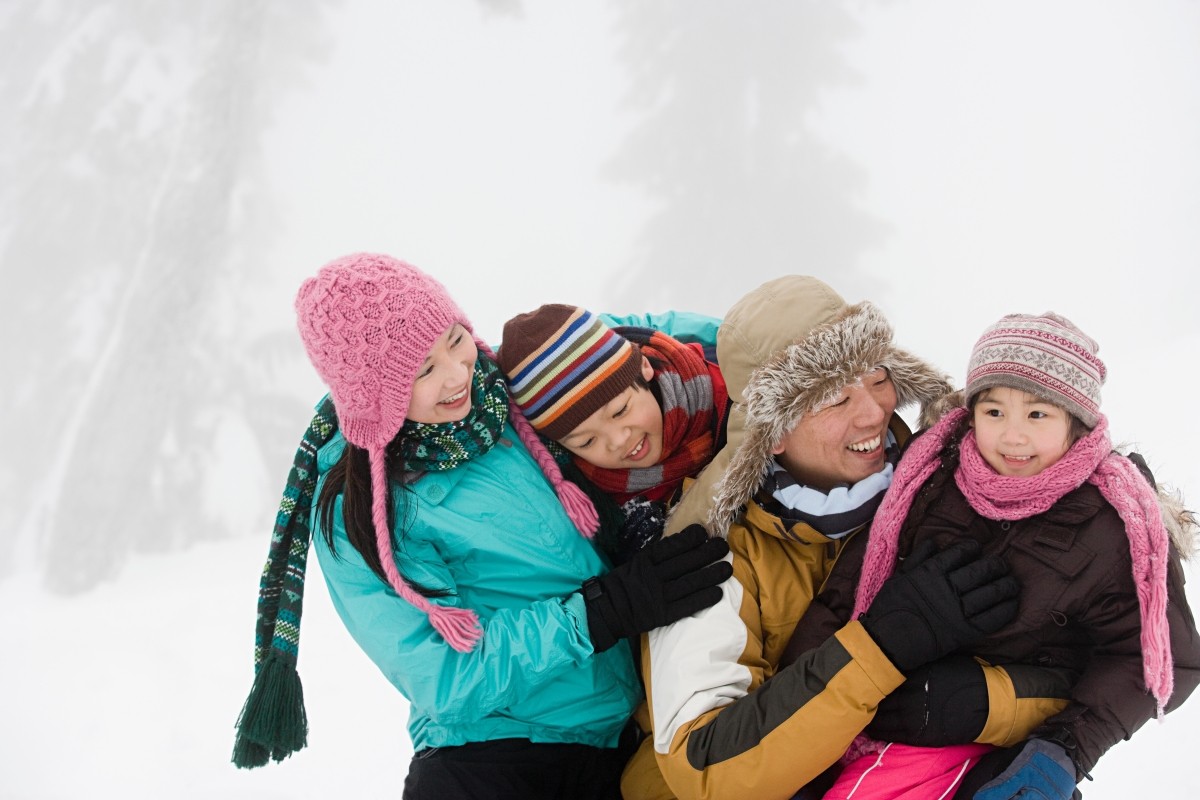
Ski resorts are often colder than you might expect, and it can feel much harsher than a normal trip. If you have extra room in your luggage, be sure to bring small accessories for warmth.
Neck warmers / scarves: Convenient for blocking wind during travel.
- Knit hats: Great for warmth and can also be used while skiing.
- Warm gloves: They don’t have to be ski gloves—just for keeping warm during travel.
- Kairo heat packs: Stick them on your feet, back, or stomach to stay much warmer.
Tips for Traveling by Car or Bus
If you’ll be on the road for a long time, aim for a relaxed outfit that reduces fatigue. For the return trip, it’s convenient to have plastic bags ready for wet wear and gear, as well as compression bags to pack used clothes compactly.
Arriving at the Ski Resort! Points to Keep in Mind When Putting On Ski Wear
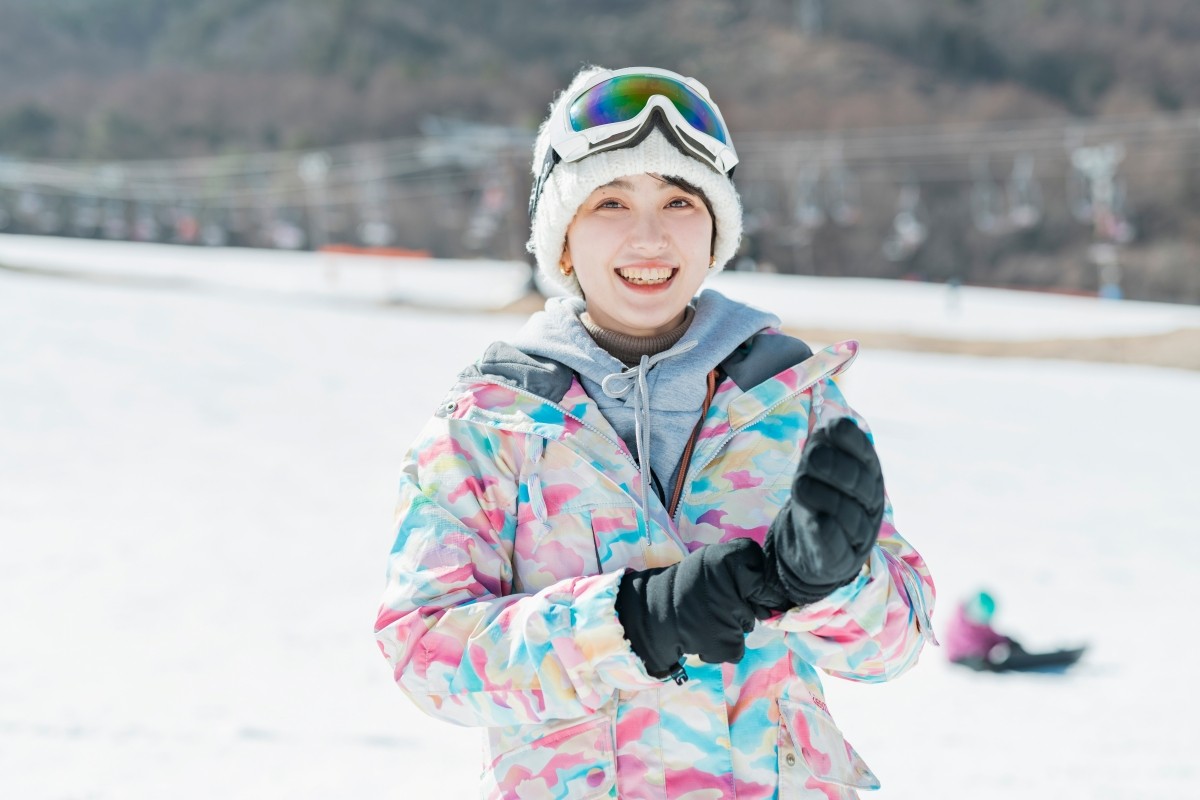
High-quality ski wear often comes with excellent features such as waterproofing, breathability, and durability. However, the most important factor for comfortable skiing is the choice of "innerwear and undergarments."
The key point is "quick-drying." No matter how high-performance your outerwear is, if your inner layers absorb sweat and dry slowly, your body will get cold, and the warmth of your wear won’t work properly. This can result in feeling cold during skiing or even getting sick.
Heat retention, stretch, and comfort are also important, but first and foremost, choose innerwear labeled "quick-dry."
Innerwear Is Essential for Ski Wear! What Should You Wear Underneath?
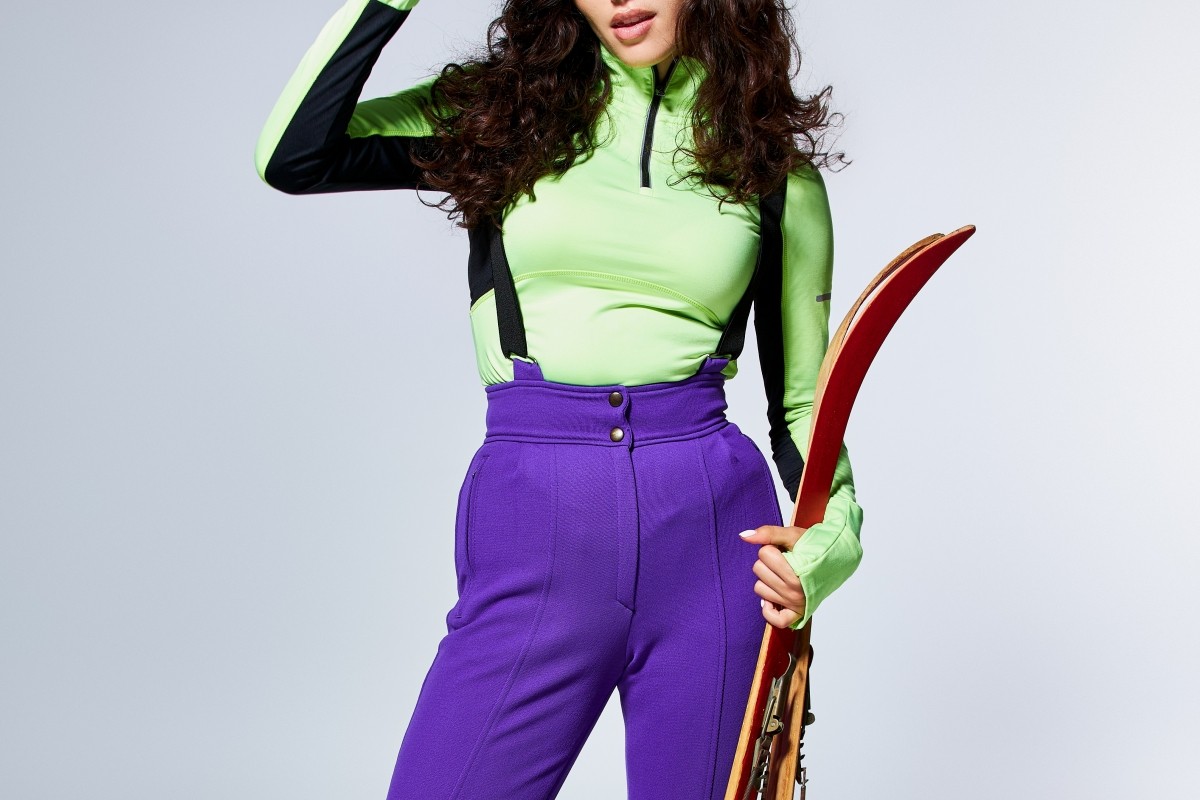
Base Layer (innerwear worn directly on the skin)
Its purpose is to absorb sweat, dry quickly, and prevent the skin from getting cold. Recommended materials are polyester and merino wool. Cotton is not suitable because it absorbs sweat, doesn’t dry, and leaves you feeling cold. Quick-drying ability is the most important to avoid "sweat chill." Uniqlo’s "Heattech" is warm but not suitable since it doesn’t dry sweat quickly.
Recommended brands and products:
Montbell "Zeo-Line"
- Patagonia "Capilene"
- Icebreaker "Merino Base Layer"
Middle Layer
Wear fleece, lightweight down, or insulated jackets with high insulation and heat retention. These may not be necessary for spring skiing. To avoid stuffiness, choose breathable and quick-drying mid-layers. Slightly looser fits are recommended over tight ones.
Recommended brands and products:
Patagonia "R1 Fleece"
- THE NORTH FACE "Active Insulation"
- Workman "Aluminum Jacket"
Underpants and Tights
The best choice is something that keeps your lower body warm, supports your muscles, and manages sweat. Sports tights (such as CW-X, SKINS, ZAMST) or merino wool inner pants also offer excellent warmth. For those who "want knee and hip support," sports tights are recommended, while those who "easily feel cold" should go for thick, heat-retaining inner tights.
Ski Socks
Always choose ski-specific socks designed to keep your feet warm, provide cushioning, and prevent slipping. Knee-high styles with ankle support are the best. Cotton socks, ankle socks, or regular everyday socks are not suitable. Socks that are too thick can compress your feet inside the boots, reduce blood flow, and actually make them colder.
Recommended Materials
Merino wool or polyester blend
- Popular brands include Smartwool, Darn Tough, and SIDAS
18 Essential Items to Bring to a Ski Resort
| Belongings | reason | |
| 1 | Knit hat | Essential for keeping warm. |
| 2 | Goggles | A must-have to protect your eyes from sunlight and wind. |
| 3 | Neck warmer or face mask | Protects your face and neck from wind, snow, and cold. Especially essential on windy or snowy days. |
| 4 | Inner gloves (thin) | Wearing them under your ski gloves increases warmth in cold climates and also absorbs sweat. |
| 5 | Spare goggle lenses or anti-fog spray | Since Japan has many snowy days, visibility can often be poor. |
| 6 | Mobile battery (with cold protection) | Cold weather drains smartphone batteries quickly. A thermal cover makes it even better. |
| 7 | Cash and a transportation IC card | Many local ski resorts do not accept cashless payments or foreign credit cards. |
| 8 | Copy of health insurance card or proof of overseas travel insurance | For accidents or illness. Medical expenses in Japan can be high. |
| 9 | Translation app or offline dictionary | Some local ski resorts are not fully equipped for foreign languages, so it’s useful in emergencies. |
| 10 | Warm slippers or sandals | In Japanese accommodations, shoes are removed indoors. Useful to avoid cold floors. |
| 11 | Ski protective case and wax set | If you bring your own equipment, note that Japanese snow is low in humidity, so be careful about dryness and maintenance. |
| 12 | Disposable body warmers (both adhesive and non-adhesive) | Japanese warmers can be used on soles, waist, or hands. Available locally too. |
| 13 | Water-repellent spray (for clothes, gloves, and bags) | Japanese snow is light, but on certain days it sticks easily. Use to restore water repellency on gloves and wear. |
| 14 | Ski wire lock | While ski theft is rare, tourists’ skis stand out and may be targeted. Lightweight dial-lock wire types are recommended. |
| 15 | Pocket tissues or wet wipes | For outdoor toilet use. |
| 16 | Small backpack | For carrying warm clothing or drinks. |
| 17 | Thermal bottle | Keeping warm drinks helps maintain body temperature. |
| 18 | Sunscreen | Sunlight is especially strong in high-altitude areas on sunny days. |
[Expert Recommendation] 5 of the Best Ski Resorts in Japan
There are many unique ski resorts across Japan, but here we introduce five highly satisfying ones carefully selected by the staff of the ski gear specialty shop "Tanabe Sports."
All of them are recommended from a professional perspective with deep ski knowledge, and they are enjoyable for a wide range of people from advanced skiers to beginners and families. If you are wondering where to go for your next winter trip, take this as a reference.
1. Hokkaido | Rusutsu Resort
Known as one of the largest ski resorts in Hokkaido, Rusutsu is famous for its dynamic layout spanning three mountains. The snow quality rivals that of world-famous Niseko.
The facilities are also excellent, with luxury hotels, spas, and activities, making it especially popular with families and travelers looking for a Western-style resort. In recent years, it has also joined the global "Epic Pass," which has led to a sharp increase in skiers visiting from overseas.
⛄ Find Rusutsu Resort tickets and tours (KKday)
2. Iwate Prefecture | Appi Kogen Ski Resort
This is Tohoku’s leading ski resort, boasting superb snow quality—nicknamed "Aspirin Snow"—and well-maintained long courses. With its calm, European-style atmosphere, it is highly rated by couples and families.
The accommodation quality is also excellent, making it perfect as a stay-type resort. It’s an ideal choice for those who want to enjoy the beautiful snowy mountains while relaxing in comfort.
⛄ Find Appi Kogen tickets and tours (KKday)
3. Nagano Prefecture | Hakuba Happo-One Ski Resort
Hakuba Happo-One, which was also a venue for the 1998 Nagano Winter Olympics, is known for its overwhelming mountain scale and wide variety of courses. Even advanced skiers will be satisfied with the challenging slopes, and there are plenty of options for off-piste and backcountry skiing.
It is also very popular among international visitors, with many hot springs and accommodations scattered throughout the surrounding area. It’s a great choice for those who want to enjoy both sightseeing and skiing together.
⛄ Find Hakuba tickets and tours (KKday)
4. Nagano Prefecture | Hakuba Happo-One Ski Resort
Thanks to its high altitude, Shiga Kogen offers stable snow quality and one of the longest ski seasons in Japan. With 18 ski areas connected together, it is one of the country’s largest snow resorts. The greatest attraction is that you can keep moving between courses and ski all day long.
It is also praised for being relatively uncrowded, allowing skiers to enjoy wide-open runs. With plenty of hot springs nearby, it’s perfect for an active yet relaxing ski trip, especially for adults.
⛄ Find Shiga Kogen tickets and tours (KKday)
5. Shiga Prefecture | Biwako Valley
One of the most accessible ski resorts from the Kansai area, Biwako Valley is just about an hour’s drive from central Osaka. A ropeway takes you up quickly to 1,100m elevation, where you’ll be greeted with a breathtaking panoramic view of Lake Biwa, Japan’s largest lake.
Facilities for families are also well-developed, with dedicated snow parks for kids and sledding areas. It’s an ideal destination for day trips or snow play with small children.
⛄ Book "Biwako Valley Facility Ticket" (KKday)
[Up to 15% Off Coupons] Shop Ski Gear at "Tanabe Sports"!

Tanabe Sports is currently offering coupons for travelers! From ski wear to the innerwear and accessories introduced in this article, they have a wide selection, so take advantage of the discount and shop smart!
Coupon Details
Discount: 5% off the in-store price + 10% tax-free
Tanabe Sports Store Information

- Address: 5-4 Sumiyoshi, Matsuyamachi, Chuo-ku, Osaka-shi, Osaka Prefecture
- Access: Osaka Metro Matsuyamachi Station
- Business hours: Vary depending on the season. Please check the link for details.
https://www.tanabesports.jp/access-time/en/

Comments